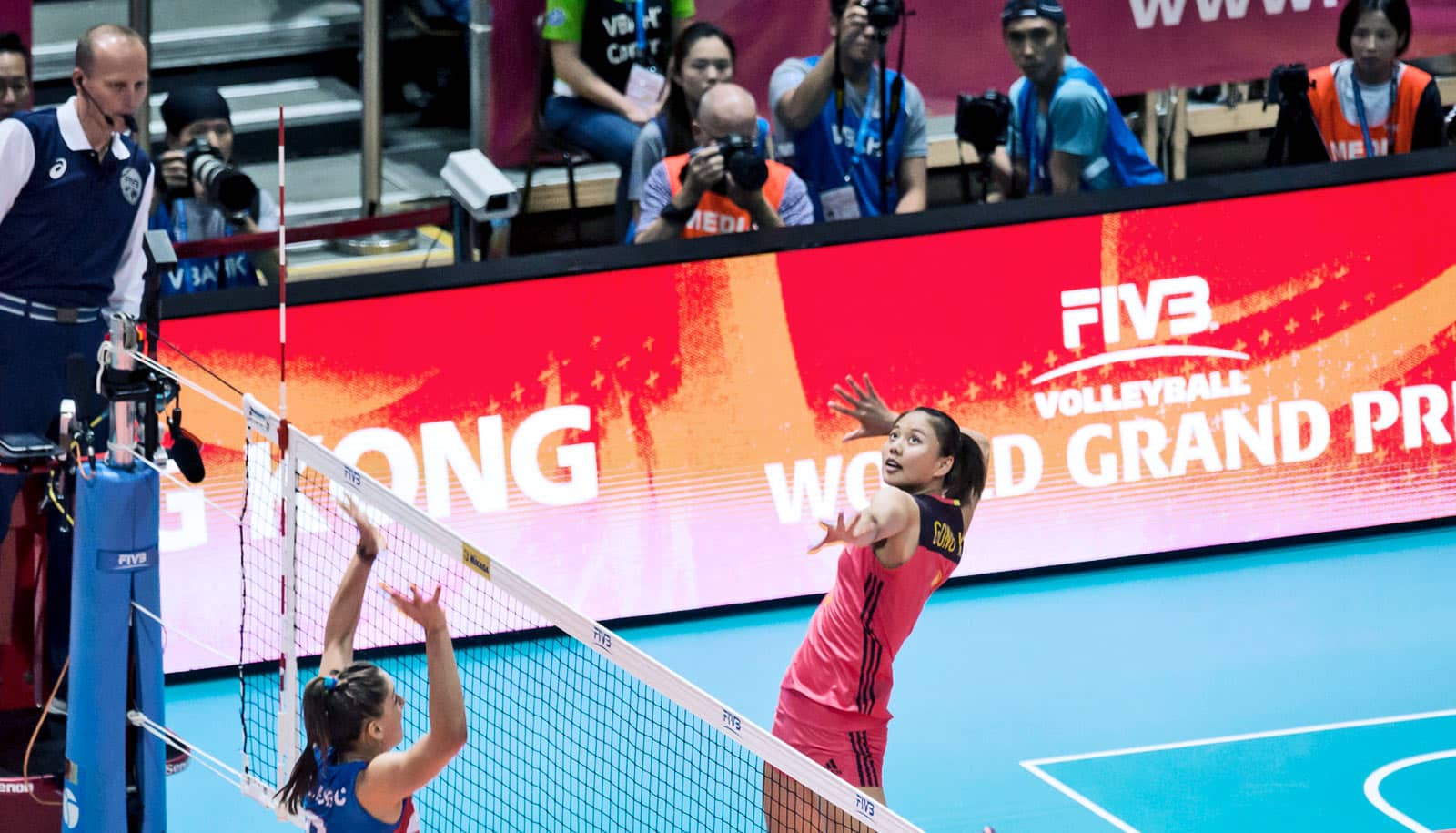New software called Cherrypick is the first capable of automatically analyzing volleyball matches and providing analytics about the game just an hour later.
The software will allow coaches to make data-driven decisions based on player activity and tailor their coaching to specific situations.
It allows coaches to record a game, upload video, and receive statistics from the game within an hour. Machine learning and computer vision algorithms power Cherrypick.
“Cherrypick will automatically go through the game and extract the important statistical information and tie it directly to the video,” says James Grinage, a Rice University senior majoring in electrical engineering who contributed to the design. “Coaches can then easily go through the video and know when different plays took place and who was responsible for specific plays.”
Grinage says the software will allow coaches to make data-driven decisions based on player activity and tailor their coaching to specific situations, including deciding what plays to practice, which rotation to begin a match in, etc.
Team member Connor Heggie, a senior majoring in electrical engineering, says Cherrypick’s ability to provide analytics in an hour sets the software apart from what is currently on the market. Current programs have a data turnaround time of 12-24 hours due to the manual analysis required.
“A major competitive advantage of this software is its speed,” he says. “It’s especially desirable for sports—such as volleyball—where teams play games within 24-48 hours of other games and coaches need data quickly to make coaching decisions.”
The students who designed the software say one reason they chose to focus on volleyball with Cherrypick was because of the start-stop nature of the sport.
“It is easier to implement the technology with a sport that has a definite start and a definite stop,” Grinage says. “With volleyball, you start with a serve and end with a point awarded.”
To test the accuracy of the software, the team members tagged the ball position in dozens of hours of volleyball matches. In total, the students have tagged approximately 20 matches, ranging in length from 1.5 to 2 hours and filmed at 30 frames per second.
“To the best of our knowledge, it’s the largest data set of volleyball tracking play segmentation in existence,” Heggie says. “We’ve spent a good deal of time over the past year hand-tagging every single frame of video to show where the ball is at all times.”
Grinage and Heggie began working on the project in summer 2017 after conducting research in the lab of Ashutosh Sabharwal, a professor of electrical and computer engineering at Rice. The students told Sabharwal that they wanted to focus on an idea they could turn into a startup company following graduation.
Initially, the students’ plan focused on the extraction of highlights from youth sporting events. They planned to design a product for parents interested in cataloguing memories of their children.
“Our initial idea was focused more on capturing those great memories of kids having a good time, and keeping these moments for the future,” Heggie says.
Game-like vision tests could predict baseball’s best batters
It was during their research to further develop this idea that the students learned about the popularity of club volleyball, a highly competitive and profitable sport with a large market. They decided to slightly alter their idea and target it to individuals seeking analytics for coaching.
“The original idea involved knowing when certain events—such as when a ball was hit—took place during a game,” Grinage says. “And that is very valuable information for people who coach competitive sports.”
In the future, Grinage and Heggie plan to expand the software to include other sports, including tennis and possibly baseball.
Source: Rice University



